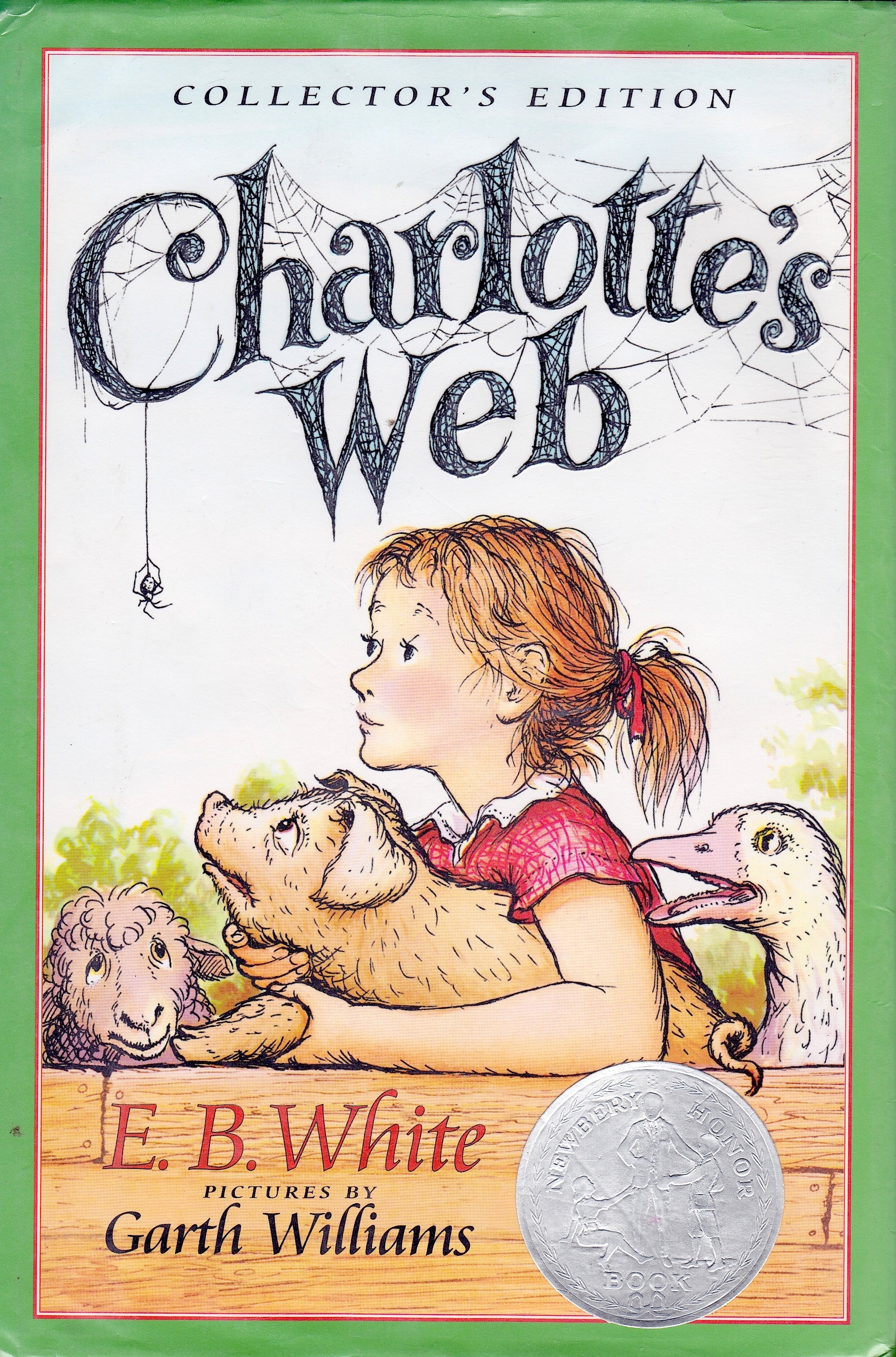Standards
for descriptive cataloguing:
Two
perspectives on the past twenty years
This article explains two
elements, shared catalog records and computer technology, that have affected
the standardization of cataloging around the world. With the great advancement
of technology over the past few decades, it is not hard to believe that
cataloging has evolved right along with it.
First, improvements in
technology has allowed libraries all over the planet to communicate with each
other and share information and resources. The International Federation of Library
Associations has created a code called the Anglo-American
Cataloging Rules that catalogers follow to have uniform bibliographic
records. This code allows for a single agency to create the bibliographic
record following the accepted cataloging rules and this record can then be used
by any cataloger, which saves a lot of time, money, and energy. Another benefit
to having a standard way of cataloging items is so that they can be shared with
others across the country and even internationally. A group of libraries,
called the ABACUS libraries, are the national bibliographic agencies for their
countries and they have helped develop alternative rules within the AACR2 so
that records and items can be shared internationally with little modification
and effort. Previous to this, differences in languages and cultural context
made it difficult to transfer records internationally.
Next, twenty years ago, most
libraries were still using card catalogs. Obviously today things are different
and with the advancing technology has come a higher demand of accuracy in
cataloging. Delsey (1989) points out that back in the card catalog days, as
long as the card fit in the catalog box, the record was able to be used in the
catalog and would serve its purpose. Today, if something it not put in the
electronic catalog correctly, it is possible that when searching for the item
in a database, it might never come up as a search result. This can include
typos, inserting the wrong information in the wrong field, and other easily
made mistakes. Computers also made it necessary for records to be consistent
across all material types. The Joint Steering Committee for Revision of AACR
then developed a General International Standard Bibliographic Description in
1977 that served as a foundation for all material types. This was accepted by
the IFLA and was adopted into the AACR2. Today, we’re seeing a shift from
records being single units to records being cataloged as relational to others.
Computers have allowed us to attach related records together so that users are
able to see all different editions, translations, and manifestations of a work.
With technology still rapidly developing, we will see what the next twenty
years brings to cataloging.
Reference
years. In E. Svenonius (Ed.), The Conceptual
Foundations of Descriptive Cataloging, pp 51-60. San Diego: Academic Press.




